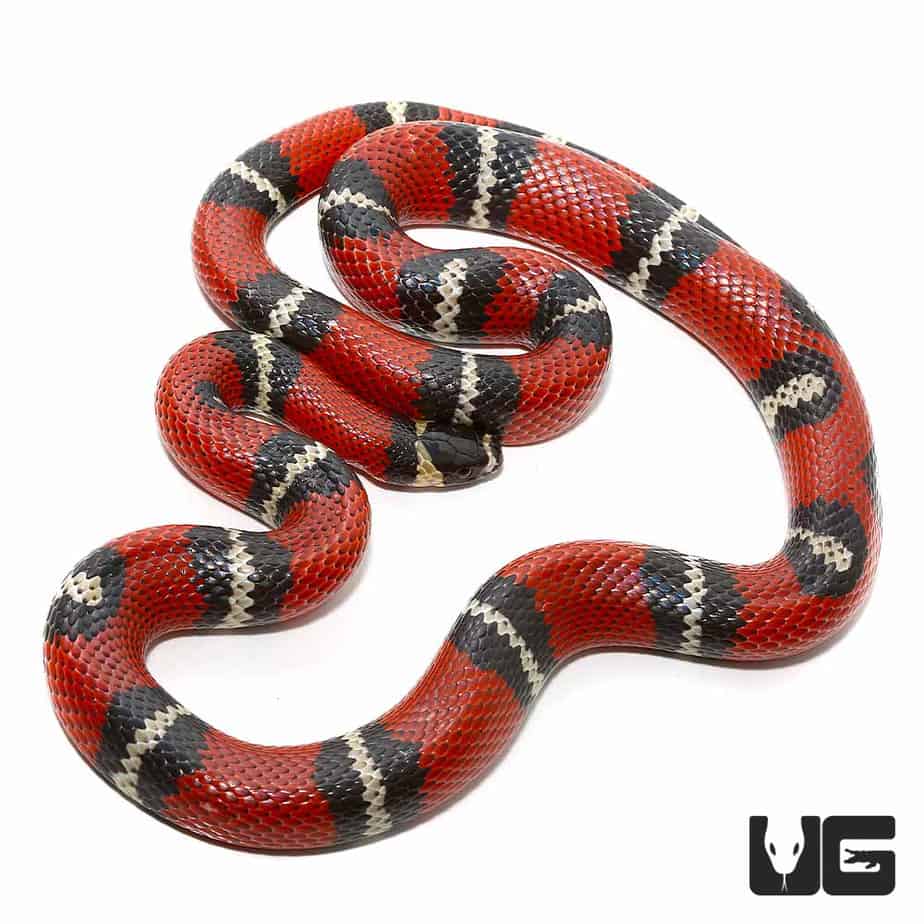

You should keep temperatures between 80-85 degrees for most of the milk snake subspecies, some need to be kept colder, but usually not any hotter. As for feeding, you can offer an appropriate sized mouse about once every 7 to 10 days, and you will need to feed baby milk snakes more often, about once every five days, this helps them grow better, stronger, and faster. Mexican Milksnakes lay eggs unlike some other reptiles that give live birth.

Most snakes reach sexual maturity when they are several years old, it will always be dfferent, it just depends on the snake, and what kind of enviroment they live in. These snakes look almost dusky in yellow, black, and red. Compared to other non-venomous snakes that are mottled with brown and gray for camouflage, these snakes come in a great color combination, but adults are usually duller compared to juveniles. Mexican milksnakes are a protected species. The Lampropeltis Triangulum andesiana or Andean milk snakes are the alpine milk snake subspecies. Since they are from Texas, they like more of the dryer areas. They also have good temperaments,and with regular handling, can become quite tame. There are all types of sub-species for this snake:There are about two-dozen different subspecies of milk snakes throughout North and South America, and they are the following: Guatemalan Milksnake Louisiana Milksnake Andean Milksnake Mexican Milksnake Jalisco Milksnake Blanchard's Milksnake Pueblan Milksnake New Mexico Milksnake Conant's Milksnake Dixon's Milksnake Mexican Milk Snake Scarlet Kingsnake Black Milksnake Central Plains Milksnake Honduran Milksnake Ecuadoran Milksnake Pale Milksnake Nelson's Milksnake Pacific American Milksnake Atlantic Central American Milksnake Sinaloan Milksnake Smith's Milksnake Stuart's Milksnake Red Milksnake Utah Milksnake Eastern Milksnake Most of the subspecies do very well in captivity and will eat thawed rodents that have been frozen, on a regular basis. Mexican milk snakes are found normally in Texas.


 0 kommentar(er)
0 kommentar(er)
